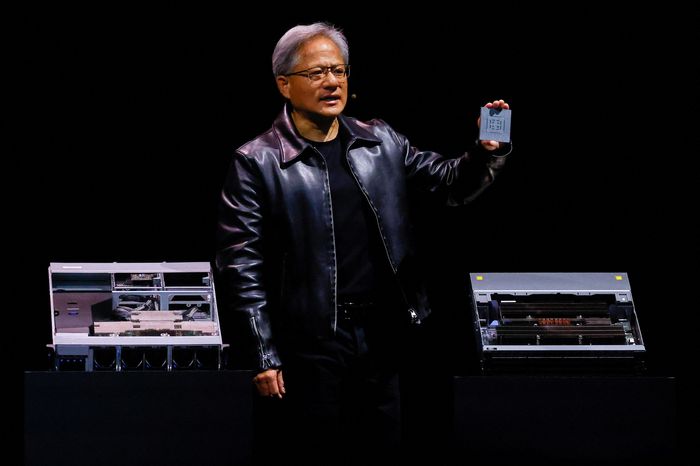In recent years, the technological landscape has witnessed significant reshaping, primarily due to the advent of artificial intelligence (AI), with Nvidia’s AI solutions leading this revolution. As pioneers in AI computing, these innovative processors are not merely components; they are the bedrock upon which the future of technology is being built. This article explores the substantial impact of these AI processors on various sectors and what the future holds for this cutting-edge technology.
1. Accelerating AI Research and Development Nvidia’s AI solutions, known for their high performance and efficiency, have dramatically accelerated the pace of AI research and development. These processors enable more complex computations at faster rates, allowing researchers to push the boundaries of what’s possible in AI, from natural language processing to computer vision. The result is a quicker innovation cycle, moving AI from theoretical frameworks to real-world applications in record time.
2. How Nvidia AI Chips are Revolutionizing Industries The impact of these AI processors extends well beyond the tech world, revolutionizing industries such as healthcare, automotive, and manufacturing. In healthcare, they are powering advanced diagnostic tools and personalized medicine, leading to better patient outcomes. In the automotive sector, they are the driving force behind autonomous vehicles, enhancing safety and efficiency. Meanwhile, in manufacturing, these chips enable smarter, more efficient production lines, reducing costs and waste.
3. Powering the Internet of Things (IoT) Nvidia’s AI solutions are at the heart of the growing Internet of Things ecosystem. By providing the computational power necessary for real-time data processing, these chips allow IoT devices to become more intelligent and responsive. From smart homes to industrial IoT, Nvidia’s technology is enabling a more connected and automated world.
4. Shaping the Future of Gaming and Entertainment The gaming and entertainment sectors have also been transformed by Nvidia AI chips. These chips deliver unparalleled graphics, real-time rendering, and AI-enhanced gaming experiences, setting new standards for realism and immersion. As AI continues to evolve, we can expect even more innovative applications in virtual reality (VR) and augmented reality (AR).
5. Challenges and Considerations Despite the immense potential, the adoption of Nvidia AI chips also presents challenges. Issues such as data privacy, cybersecurity, and ethical concerns surrounding AI must be addressed. Moreover, the increasing demand for these chips highlights the need for sustainable production and energy-efficient designs.
Conclusion The introduction of Nvidia AI chips is a watershed moment in the evolution of technology. As we look to the future, it’s evident that these processors will continue to play a crucial role in shaping our digital world, driving innovation, and transforming industries. The journey of Nvidia’s AI solutions is just beginning, and the possibilities are as vast as the realm of AI itself.
By understanding the capabilities and potential impacts of Nvidia AI chips, businesses and individuals can better prepare for a future where AI permeates every aspect of our lives.
References:
- Nvidia Corporation. NVIDIA AI Platforms.
- Smith, John. “The Future of AI Chips.” Tech Times.
- Johnson, Emily. “How Nvidia Is Shaping the AI Revolution.” Forbes.
- Patel, Raj. “AI Chips: What They Are and Why They Matter.” Wired.
Follow us on our social:
LinkedIn | Facebook | Instagram | YouTube





